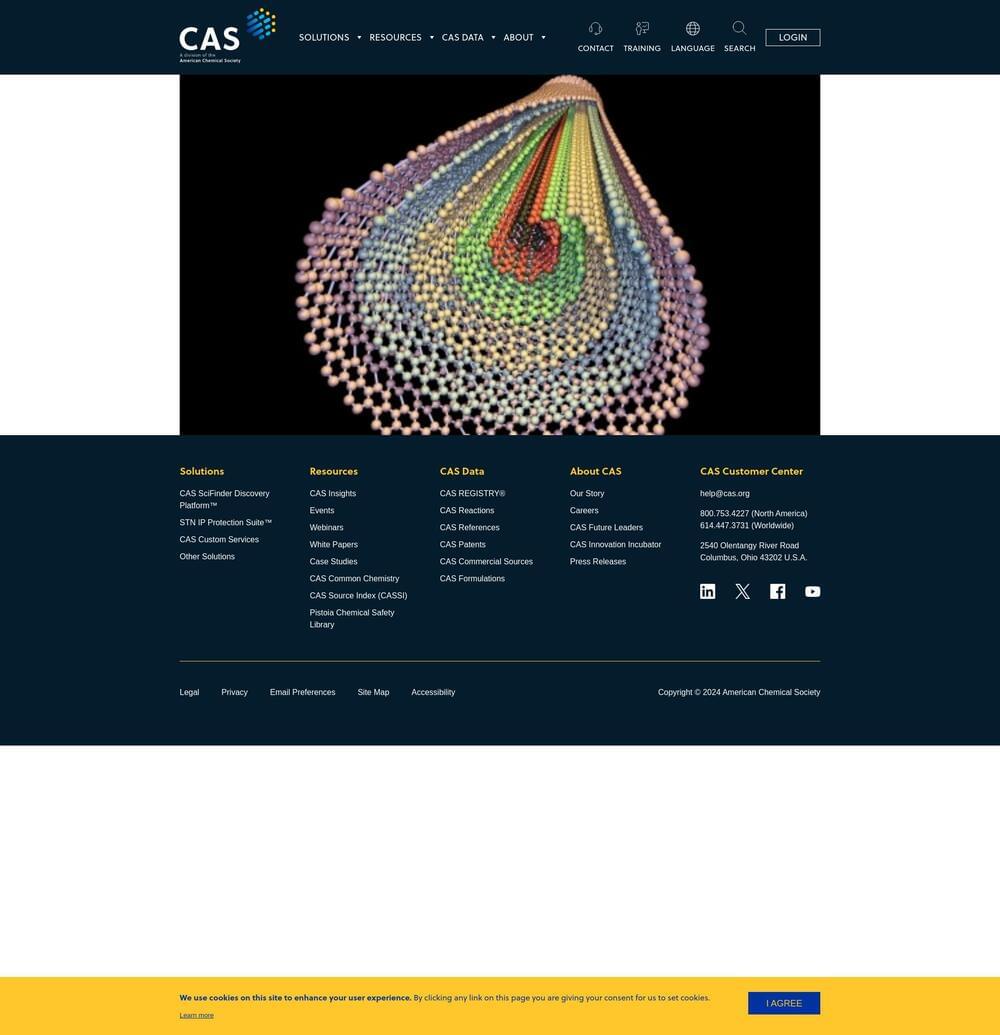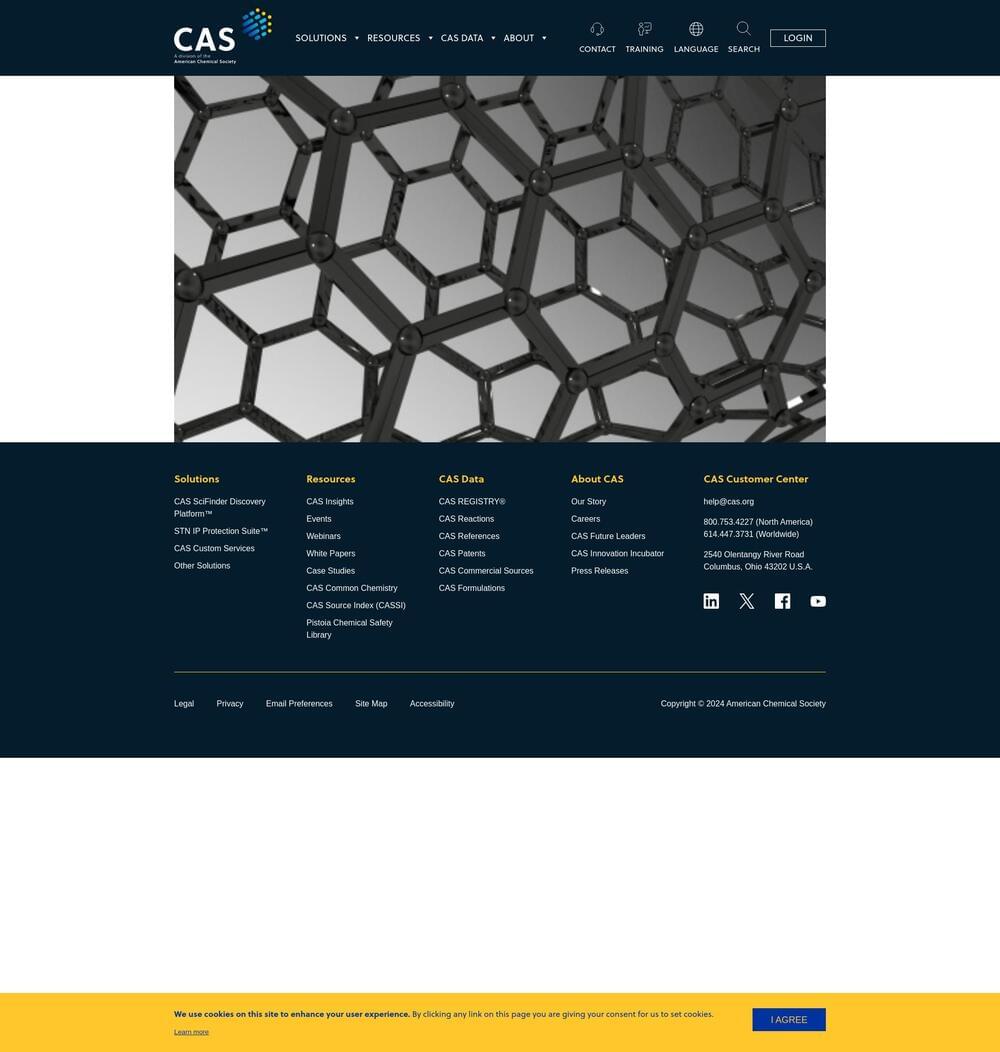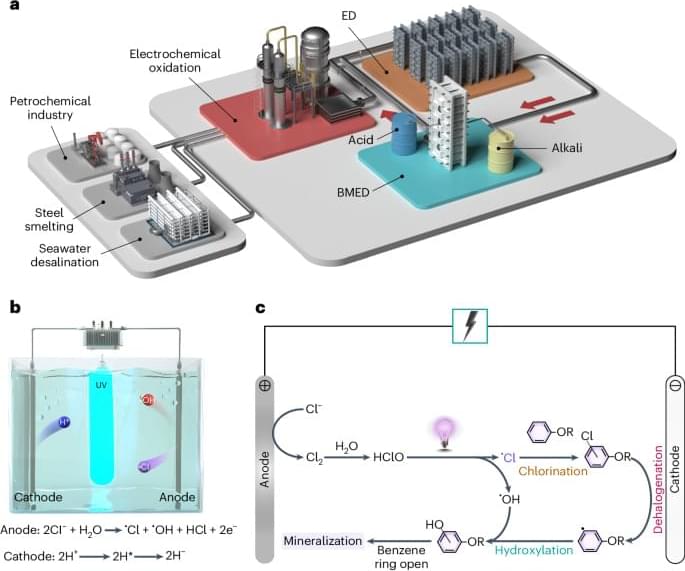
Carbon nanotubes (CNTs) are nanometer-scale structures with immense potential to improve different materials, but inconsistencies in their chemical and electrical properties, purity, cost, and concerns over possible toxicity present ongoing challenges. CNTs are a one-dimensional carbon allotrope made of an sp2 hybridized carbon lattice in a cylindrical shape. Single-walled CNTs are a simple tube, while multi-walled CNTs are nested concentrically or wrapped like a scroll (Figure 1).
These nanoscale materials feature a high Young’s modulus and tensile strength and can have either metallic or semiconducting electrical properties. Controlling their atomic arrangement (chirality) affects their conductivity, and because of this, researchers have been trying to understand how synthesis parameters can be used to generate CNTs with predictable electrical properties. The development of various chemical vapor deposition (CVD)-based recipes within the last 20 years to synthesize CNTs has improved this situation.
As we’ve seen in our analysis of the CAS Content Collection™, the world’s largest human-curated collection of published scientific information, the increase in patent activity indicates a high amount of interest in commercial applications for CNTs (Figure 2).


















